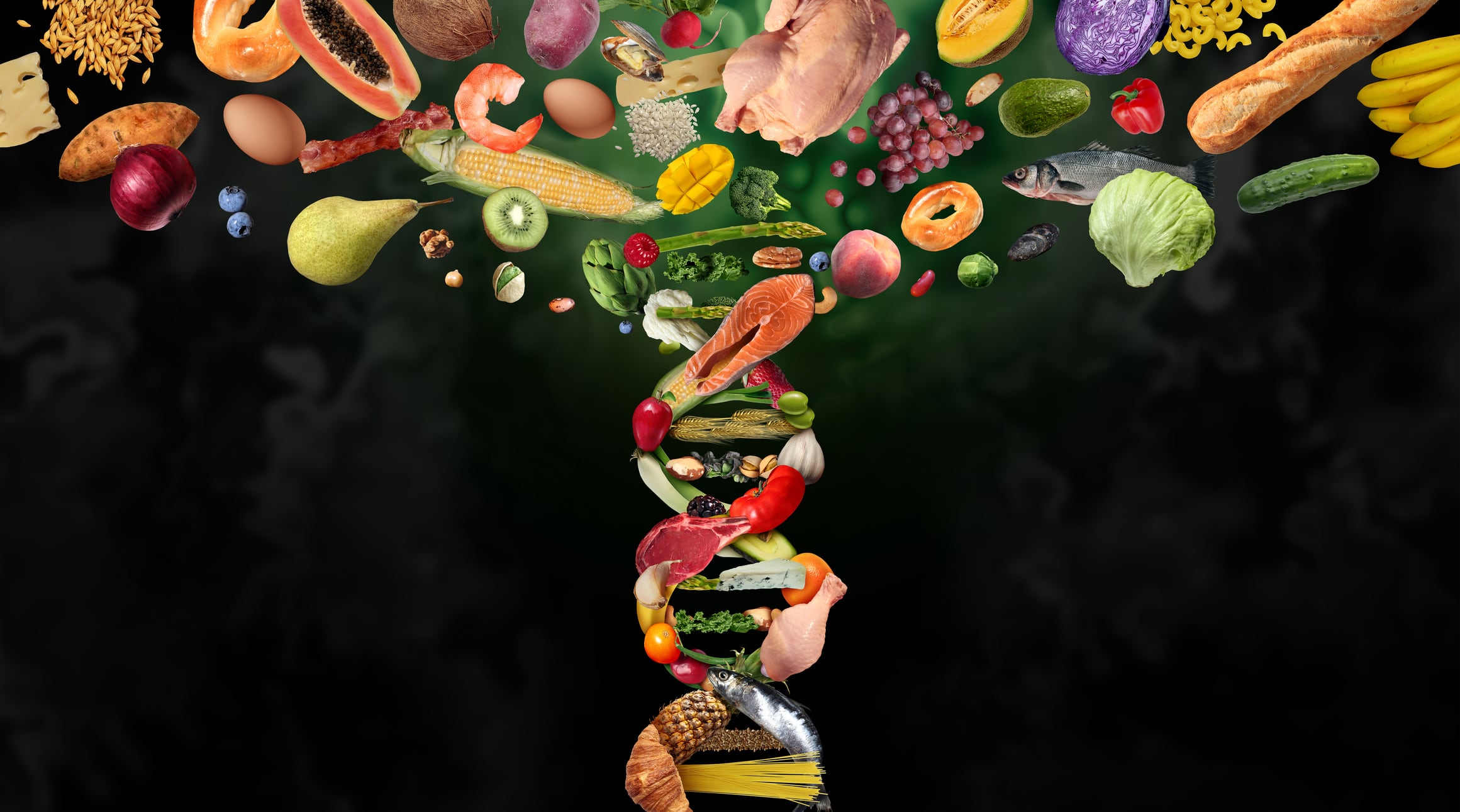FSANZ announced that only products with “novel DNA” will be considered GM foods, regardless of the techniques used to produce them. Food ministers from Australia and New Zealand have 60 days to consider FSANZ’s decision.
This comes after two rounds of public consultations, which included a strongly worded response from the Organic Consumers Association of Australia (OCAA) accusing FSANZ of abandoning consumer rights.
GM and NBT foods
What are GM foods?
GM or genetically modified foods are derived from natural organisms whose DNA has been changed using genetic modification techniques, turning them into genetically modified organisms (GMOs).
FSANZ CEO Dr Sandra Cuthbert said the new definitions reflect the latest science and will provide greater clarity for industry, regulators and consumers.
“Our safety assessment confirms that many modifications achieved through new breeding techniques (NBTs) are equivalent to those from conventional breeding, which is widely recognised as safe,” said Dr Cuthbert.
What are NBT foods?
NBTs refer to gene-editing methods that alter a plant or animal’s DNA in a targeted way, offering more control than conventional techniques like mutagenesis (process of changing genetic information by production of a mutation or exposure to mutagens).
NBT edits can mimic natural changes, they are also achieved faster and more precisely. Currently, there are no NBT foods in the food supply in Australia and New Zealand.
Source: Food Standards Australia New Zealand (FSANZ)
Backlash from organic sector
The OCAA warned the new rules could confuse consumers, as some foods made using NBTs would no longer require pre-market approval or GM labelling if no novel DNA is introduced.
“How can any organic products legally be labelled as such if it is unclear what is in them? Organic products, by law, cannot contain any GM [material],” it said.
OCAA and other stakeholders also raised concerns about food safety, citing risks such as allergenicity, reduced nutrition, and antibiotic resistance.
Similarly, Australian Organic Limited (AOL) warned that the new definitions could undermine consumer trust and harm export markets. “We strongly oppose the deregulatory direction of this proposal and emphasise the need for stringent regulation and full transparency, including mandatory labelling, of all foods produced using gene technology, including NBTs,” said AOL.
The point of contention stems from the lack of clarity in how FSANZ defines GM foods, according to stakeholders from industry, government, and research bodies.
New GM food definitions “unclear”
The Australian Institute of Food Science and Technology (AIFST) flagged inconsistencies in FSANZ’s proposal, particularly around how GM foods are defined when it comes to cellular agriculture and precision fermentation.
“Nutritive substances made via cellular agriculture from organisms containing novel DNA are excluded from the GM food definition, while general ingredients (like casein, fats, or sugars) made from similar cell lines are included, even if the final product contains no novel DNA. This inconsistency could lead to unintended regulatory outcomes,” said AIFST.
The NSW Food Authority also called for FSANZ to issue guidance materials to help stakeholders apply the new outcome-based definitions, warning of potential confusion, especially for ingredients not covered in the Australia New Zealand Food Standards Code (the Code).
FSANZ defends its position
FSANZ acknowledged the strong opposition to the exclusion of any NBT foods from a revised GM definition but maintains that there are no safety concerns.
“No scientific justification exists for capturing NBTs foods for pre-market safety assessment as GM foods when they are equivalent to conventional foods,” it said.
It also reiterated that all GM foods must be approved before sale, with assessments covering toxicity, allergenicity, and nutritional composition.
On antibiotic resistance genes, FSANZ said these are used only in lab settings and have been assessed as safe.
FSANZ added it would consider feedback from trade bodies – including T&G Global, the Australian Beverages Council Limited (ABCL), and the New Zealand Food & Grocery Council (NZFGC) – who raised concerns over labelling clarity and the lack of supporting guidance.
What you need to know about the new GM food definition
The changes
The new GM food definition hinges on an outcome-based approach rather than a process-based one – meaning it focuses on the final characteristics of a food product rather than the processes or techniques used to produce it.
This means a food is considered genetically modified only if the end product contains novel DNA or novel protein, regardless of whether gene technology was used during its production.
Genetic changes that occur naturally or from conventional breeding will not be captured as GM.
What’s not changing
Foods that are GM will continue to require an application to FSANZ for pre-market safety assessment and approval before they can be sold.
Approved GM foods will remain subject to GM labelling provisions in the Code.





